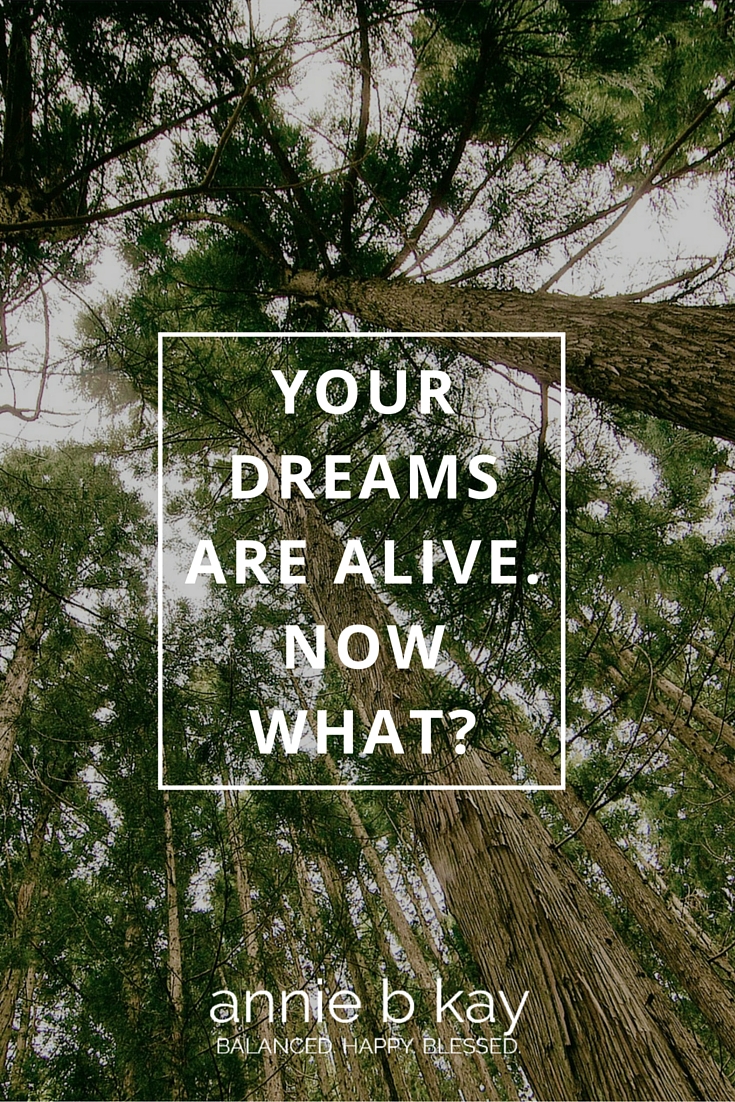
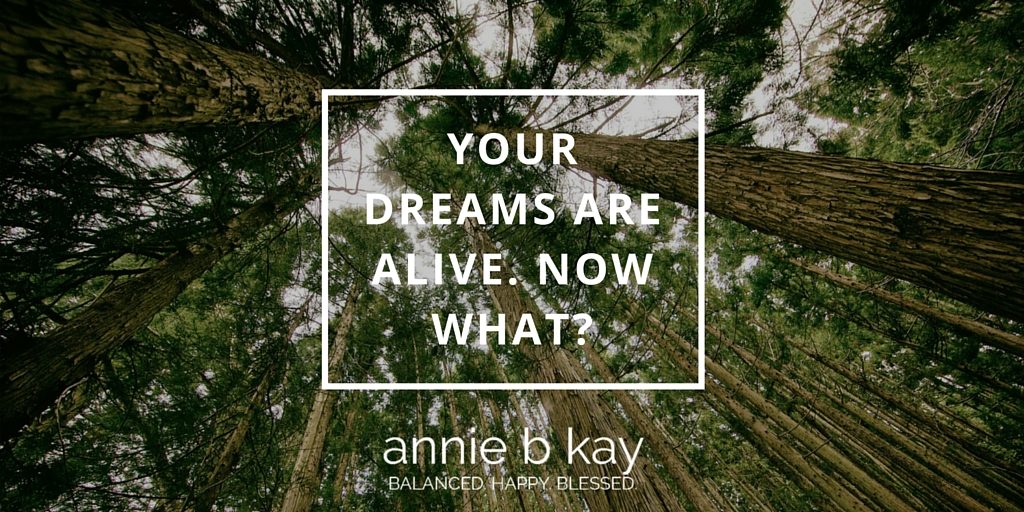
What if your dreams are as important and as real as your waking life? What if your dreams are alive?
Leading psychologists actually say they are. Dr. Stephen Aizenstat (as well as many great yogis and thinkers such as the Dalai Lama and Eckart Tolle) says that you can awaken to your dreams, be deeply informed by them, and even change the outer world through your dreams.
This blows my nutritional biochemist’s mind! I want to learn more, hear what he has to say and explore it in my own dream life.
Sing it with me people – you know the tune:
Row, row, row your boat,
gently down the stream.
Merrily merrily merrily, merrily,
Life Is But A Dream!
Are you interested in awakening to your own dream life? I’ll be teaching with Dr. Aizenstat and the great yoga scholar, Stephen Cope, the last weekend of April at Kripalu – Yoga and the Global Dream Initiative.
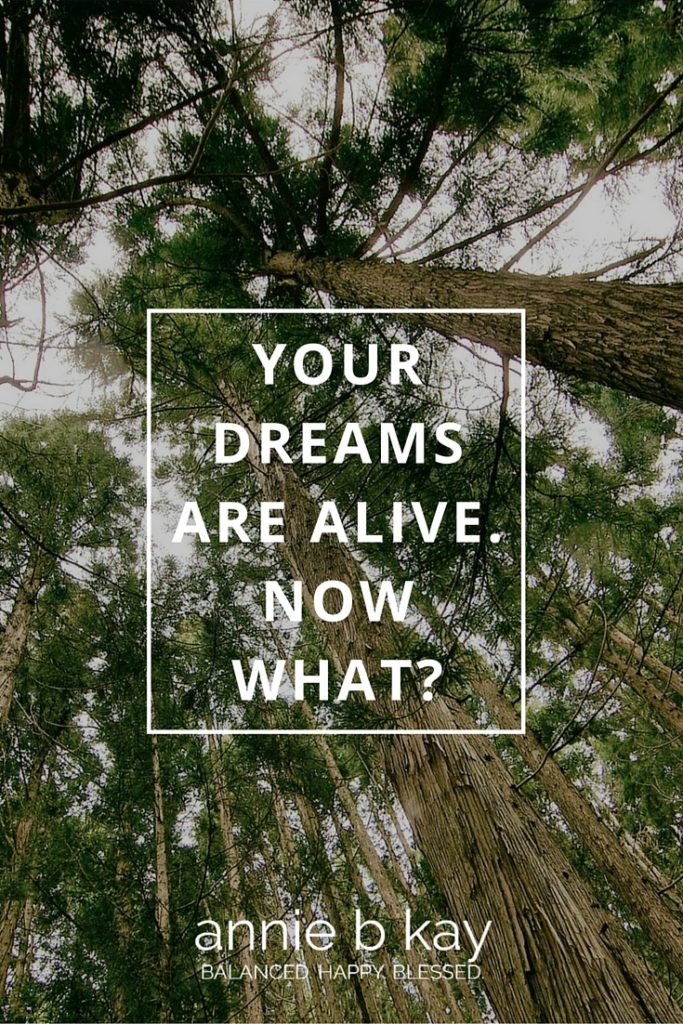
Pinterest
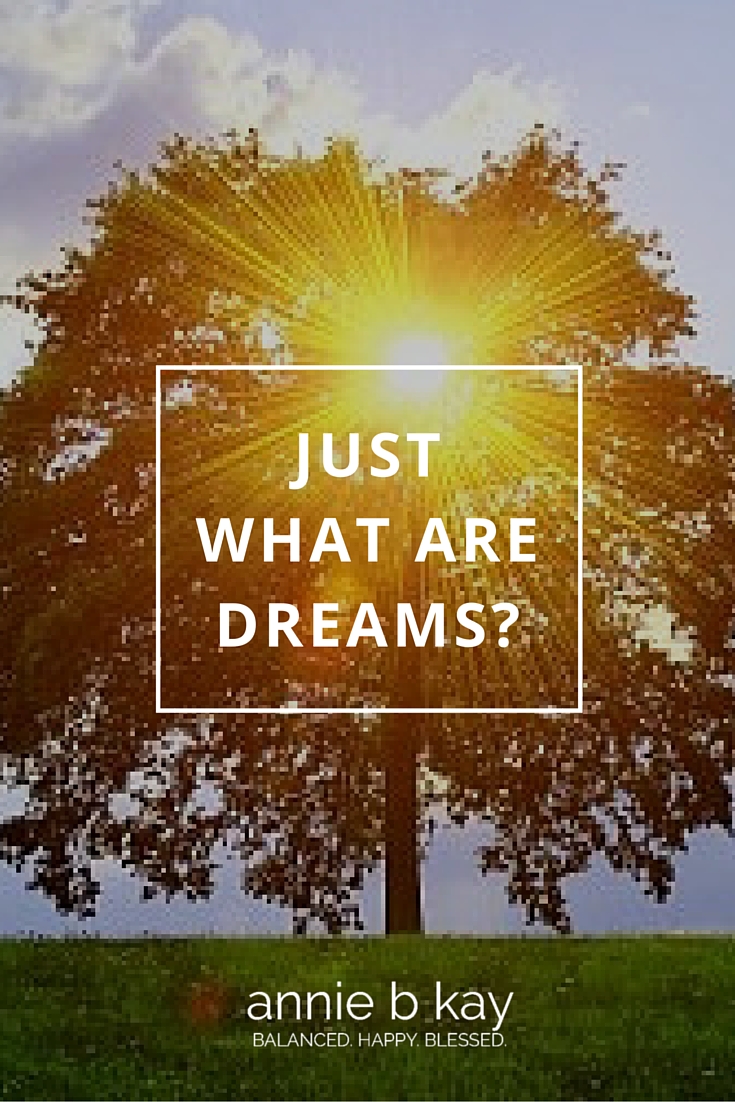
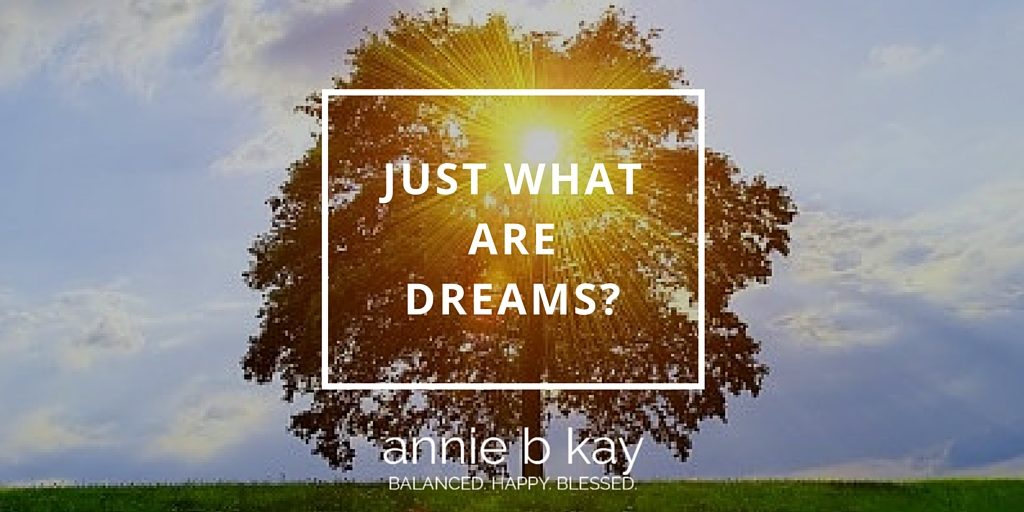
Can awakening and tending our dreams help us be creative enough to solve our greatest global issues? And if anyone can and should get involved with constructive dreaming, isn’t it those seekers of transcendence, the yogis? Can dreams help yogis save the planet? Stephen Aizenstat, Chancellor of Pacifica Graduate Institute, thinks so and I have to agree.
I’ve always been a pretty good sleeper (well, until menopause but that’s another story). For most of my life, I’ve slept the dream-free sleep of the dead. Close eyes, relax, zzzz, open eyes, off we go. However, as I’ve journeyed through life with a sleeping partner who truly struggles (he’s inspired by my ability to go offline so quickly and completely), I’ve become more curious as to what is happening during sleep consciousness, and if I am as dream-free as I think. So just what are dreams and why do we have them?
It’s great to be human. For so many reasons. One is that we can change our consciousness. We can go through our day be our beloved distractable selves, but then we can slow down, shift and drop into a meditative state – we can and do change our state of consciousness. Waking, sleeping, dreaming, meditating. While just what dreams are and why we dream is still a bit of a mystery, those of you who join us end of April for Yoga & The Global Dream Initiative, will be in the know after a weekend with some of the nation’s foremost thinkers on dreaming, yoga and consciousness.
I am endlessly curious as to what helps us realize who we truly are, and what gives us the clarity and courage to move toward that life. When I met Dr. Stephen Aizenstat at Pacifica last year, and heard him speak about the possibilities that waking up to our own dream consciousness has for our own and global healing, it was a “this is it!” aha for me. I have been concerned with how challenged we are with the global environmental crisis, and how even the most engaged vacillate between despair and delusion. Might this be a practical way for us to shift from despair to creative action? Don’t you want to find out?
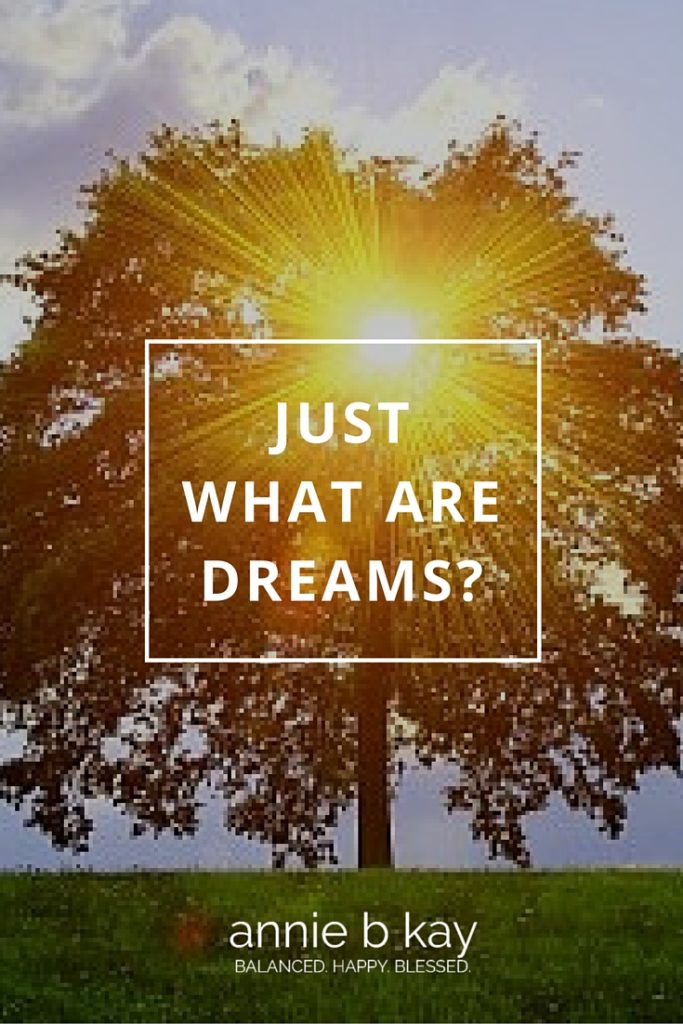
Pinterest
Is there an inner path to environmental change?
I believe so – Yes and Yes. If there is an inner path to outer change, including healing our very planet, who better for the job than those who have navigated their inner landscapes for years, decades? Yogis to the rescue. Let’s save the planet the inner way,
In May of 2014, during a Kripalu “shutdown” (when we don’t have guests in the house so that we can build, revamp and make a lot of noise), I traveled to Southern California to visit friends and attend an Imagination and Medicine Conference at Pacifica Graduate Institute. That’s where I met Stephen Aizenstat, Chancellor of the Institute, and developer of Dream Tending, a method of deepening awareness of dreams as a means of more fully awakening to our own consciousness.
Dr. Aizenstat spoke on the last day of the conference. I was mesmerized by his stories of how we have all witnessed environmental degradation: he described how the grass used to stay green in Santa Barbara while now grass is a memory replaced by brown dust. He described working with gifted local youth who, after hearing recent news such as the oceans will be devoid of life within the first part of their lifetime, have dropped out, cancelled college plans – why bother?
So many of us are in deep grief and deep denial about what is happening around us. Might working with our dreams to expand our consciousness be a way forward?
Aizenstat has a lot to say (and do) about this.
“To develop a respectful and sustaining relationship with our dreams, we must return to a more “indigenous” sensibility, one that is informed by the psyche of nature—an awareness that our own essential psychological spontaneities are rooted most deeply in the psyche of the natural world. We are born out of the rhythms of nature, and to ignore these rhythms is, ultimately, to deny our psychic inheritance.” – Stephen Aizenstat
As he described how tending dreams helped these young people suffering nightmares (and I’m afraid children everywhere share these nightmares), I thought – here is a practical tool for an impossible problem.
If more of us can awaken more deeply to our dreams as a means of becoming more creative, can we back away from the tipping point of environmental degradation?
So, I invited him to Kripalu. Then I spoke to my colleague and gifted scholar of yoga and consciousness, Stephen Cope, who agreed to be involved and signed on to spend time during a weekend. And Dreaming the Earth, Tending the Dream was born.
Save this date: April 29-May 1, 2016. Come to this one.
Please join me in this psychic global experiment with the modest aim of coming into balance with the planet.
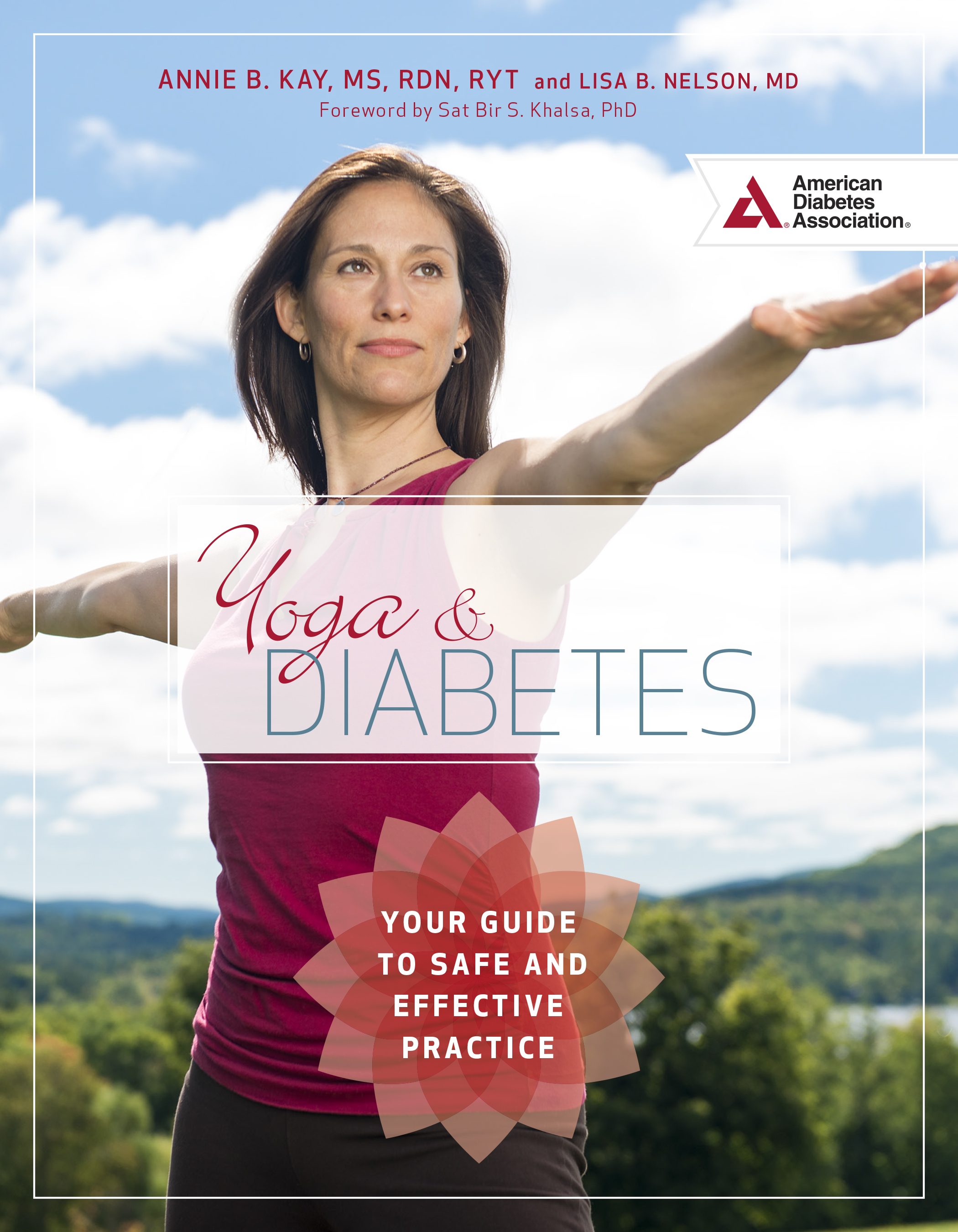
The book is on bookstore shelves across the country. We’ve been hitting the airwaves and the blogosphere too, lots of interviews, lots of excitement for the science of yoga and the book itself. Stay tuned!
The design is beautiful, the flows are great, and if you or someone you love has diabetes, here’s a guide that will help you get started, no matter what the medication or issue you’re working with, from fatigue to peripheral neuropathy to gestational diabetes.
Here’s what Stephen Cope, bestselling author of Yoga and the Quest for the True Self had to say:
Yoga & Diabetes is an extraordinarily accessible book, and there are no two better guides than Annie Kay and Lisa Nelson.
Get your copy and please write a review – at the ADA site (if you purchase it there it will most benefit the ADA – a great organization), on Amazon or where ever you travel online.
If you don’t see it at your local bookstore – ask for it!
If you are a health professional and want to get a copy for your office, or tell your purchasing manager about it, here is a sheet to help:
Product details
Spiral-bound: 250 pages
Publisher: American Diabetes Association; 1 Spi edition (June 23, 2015)
Language: English
ISBN-10: 1580405576
ISBN-13: 978-1580405577
Product Dimensions: 8.8 x 7.2 x 0.4 inches
Shipping Weight: 10.4 ounces (View shipping rates and policies)
Average Customer Review: 5.0 out of 5 stars
Big big thanks to all of you who supported Lisa and I through the process, and to those of you helping us get the word out.
This year there are a smattering of studies suggesting that meditation, yoga and mindfulness practices improve gene expression. Gene expression relates not only to family traits like hair color, but to the smooth operation of every cell and tissue in your body for the rest of your life.
Gene expression and epigenetics
Epigenetics is the big news in genetics that no one seems to be talking about. Me and my colleagues at Kripalu, however, are very excited. The concept is that we each have an internal environment, and we have much more control over that internal “soup” in which our genes unfold that we’d thought, is good news for those of us in the yoga lifestyle world. Everything you do in life – the food you choose (and choose not to) eat, the way you work relationships, how you feel about yourself and everything around you – influences your internal environment. Epigenetics is the environment – the internal environment – you create through lifestyle.
There’s a shamanic teaching that you become the result of all the vibration you surround yourself with. So, love that car. Love that apartment, and really love all the foibles of your spouse. Life (and your health) will be better for it. This ancient teaching sounds modern and true in the age of epigenetics.
These are early, small studies but are fascinating enough to point the way for larger trials. There is geek drama here. In one study, in the journal Psychoneruoendocrinology, a group of 19 people with a regular ongoing meditation practice were tested before and after a day of intensive mindfulness meditation practice. A control group of 21 people who did not meditate were tested before and after a day of leisure activities. At the beginning of the study, people in each group had similar test results for genetic markers. After the intervention the meditation group had significantly improved levels of epigenetic regulatory enzymes, lower expression of pro-inflammatory and other chronic disease promoting genetic markers.
After one day.
The take home
Everything that you do matters. You create much of who you are by what you do and how you feel. Eating a whole-foods plant-based diet, learning how to deal with the ever-increasing levels of stress in our worlds, and doing what you can to enjoy your life matters. There are a growing number of quality resources to help you – find an author or teacher of yoga, meditation or mindfulness that resonates with you, and practice.
Here are just a few:
- Kripalu is filled with wonderful teachers, many of whom now have CD practices and books available in addition to offering workshops.
- I love Sally Kempton. She has been practicing and teaching for decades, and has a rare combination of wisdom, kindness and clarity. She’s in the zone.
- Then there’s me. My book, Every Bite is Divine uses yoga and mindfulness in combination with nutrition awareness to help find peace in the war on weight.
- Yoga and Diabetes: Your Guide to a Safe and Effective Practice, my second book, with co-author Lisa Nelson, MD comes out this summer. More on that later.
- I put time and energy into my almost-montly newsletter that aims to inspire and guide a mindful and botanical integrative whole-foods lifestyle. Yoga, Botanicals, Nutritional Science, Fun and Creativity. That’s me. Check out the newsletter here.
- You might also enjoy:
- Begin a yoga practice: tips for a happy introduction.









